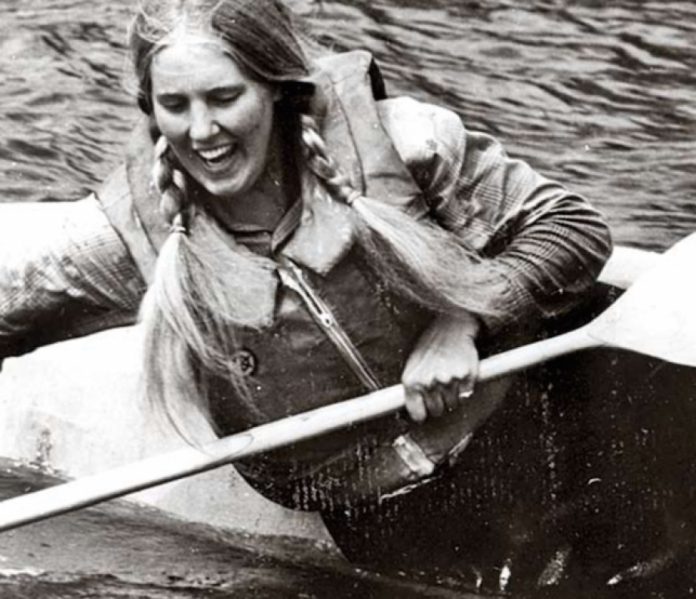Born in 1963, I’m a Baby Boomer on the graying edge of Generation X. Generation Y, people born between the mid-1970s and early 2000s, can sometimes really get on my nerves. At the college where I teach part-time, students answer cellphones in class, text message during exams and Tweet on their iPod Touches while we’re having what I thought was a meaningful discussion, like why I shouldn’t give them a big fat zero for not handing in a paper.
These kids don’t know the smell of a bottle of Wite-Out, think money is made in ATM machines and have never heard a phone actually ring. Gen Yers’ love affair with GPS and Gore-Tex is as overwhelming as their inability to use an axe or read a map. While keeping in contact with other paddlers through Facebook and chatter forums is at an all-time high, their attendance at local canoe club meetings is low.
Gen Yers claim we’re just as weird (note the bandana and peace sign in the above photo). In their eyes, Baby Boom paddlers have been cursed with Tilley hats, fixate on canvas packs, wool socks, plaid shirts and camo pants and think it’s cool to make camp stoves out of beer cans. We also seem to go on about how young people don’t paddle anymore—which couldn’t be further from the truth.
CANOE TRIPS ARE MORE POPULAR, BUT SHORTER
According to such groups as Paddle Ontario and Paddle Canada, canoe trips have increased in popularity with people in their mid-twenties by almost 40 per cent across North America in the last few years. Great news. However not many canoeists today are tripping for any length of time, not like the good old days.
Baby Boomers once averaged a minimum of 12 days out, Gen Xers trips in the ‘80s were seven to ten days and now Gen Yers don’t go for longer then a weekend. Don’t believe me? Try finding a two-week rental rate in an outfitter’s brochure… Oops, I mean website.
So why are we paddling less? Provincial and federal tourism studies suggest two reasons why we don’t go out for longer periods—no time and less money.
I blame technology. It was designed to make our lives easier, at home and at the workplace, but it has done the opposite. Now we’re addicted to it—they call them CrackBerries for good reason. like an addict detoxing, only after day 10 of a trip do you come to the conclusion that Tweeting is best left to the birds. Too bad the majority of us will never know (or remember) that feeling.
And the Gen Yers texting in my classroom, I just hope they are planning their day-11 breakfast menu. If that were the case, I’d give them an extension on their papers.
Kevin Callan’s favourite pastime is making beer can stoves.
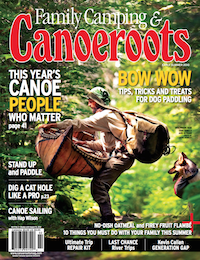 This article first appeared in the Summer 2010 issue of Canoeroots Magazine. For more great content, subscribe to Canoeroots’ print and digital editions here.
This article first appeared in the Summer 2010 issue of Canoeroots Magazine. For more great content, subscribe to Canoeroots’ print and digital editions here.



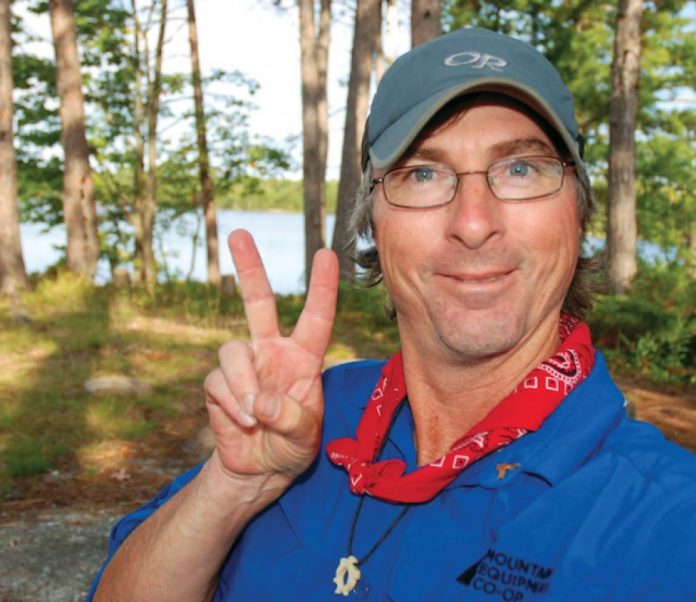
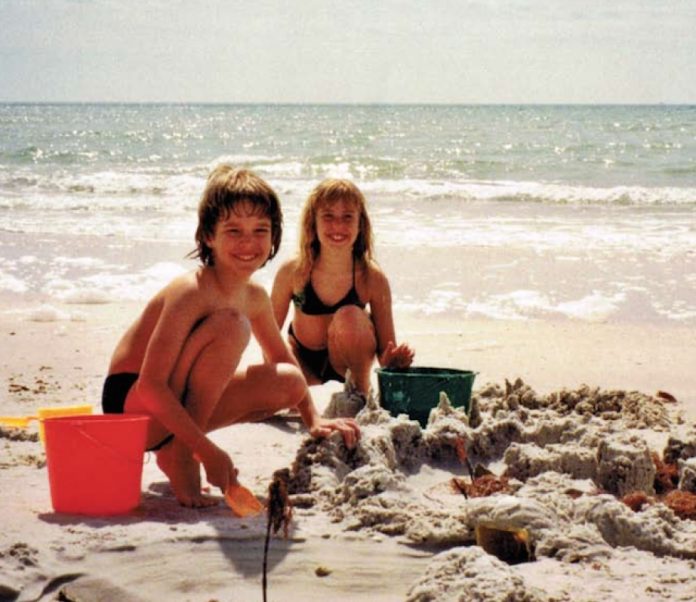
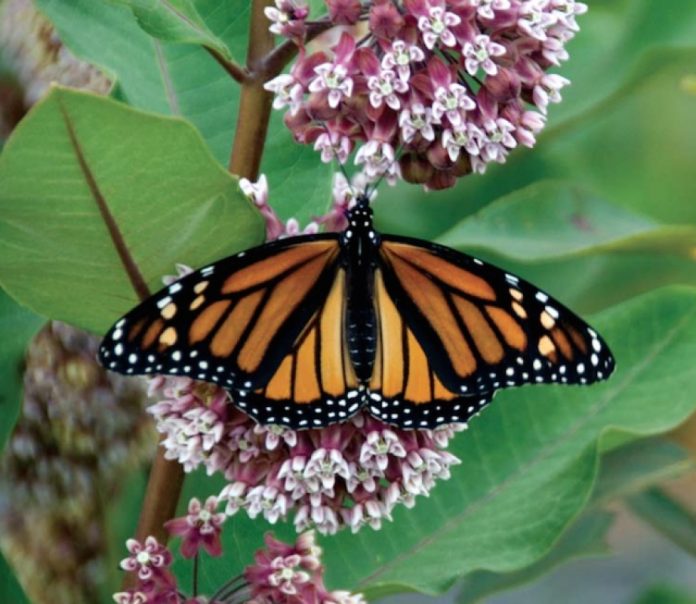
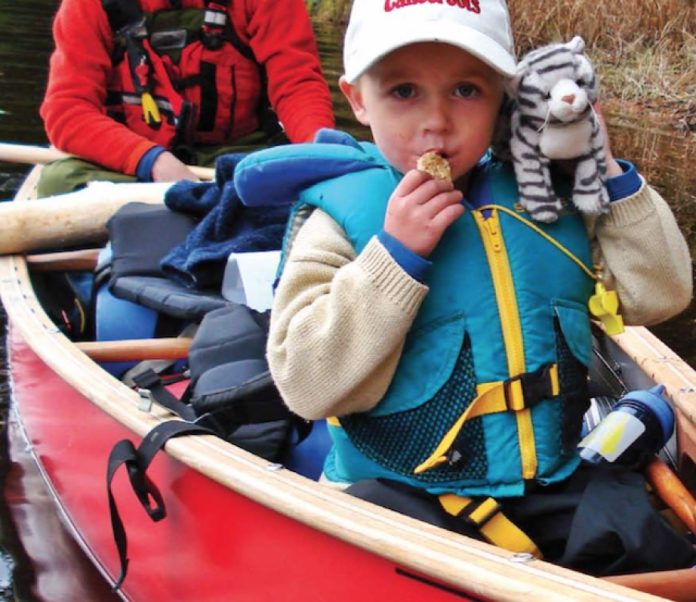
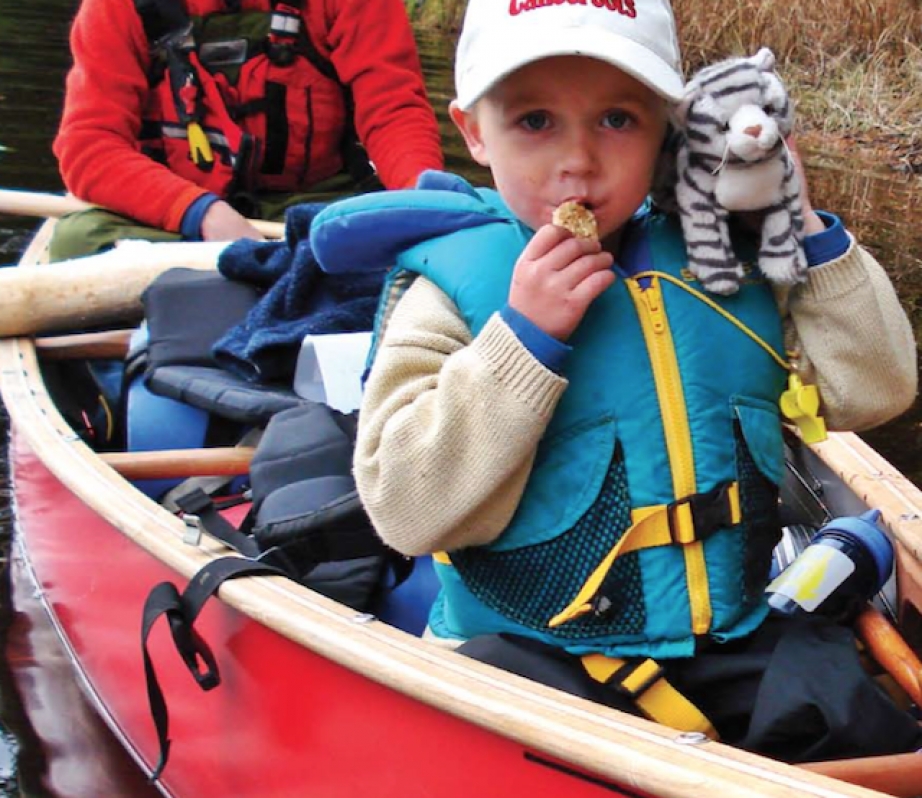
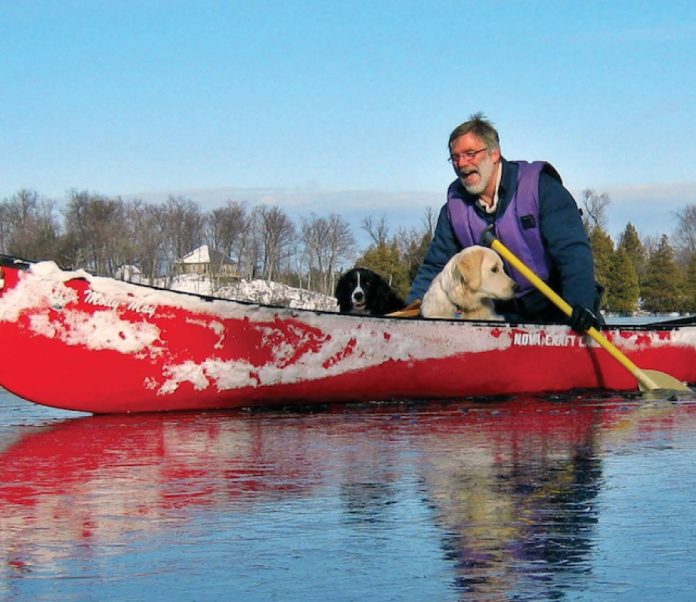
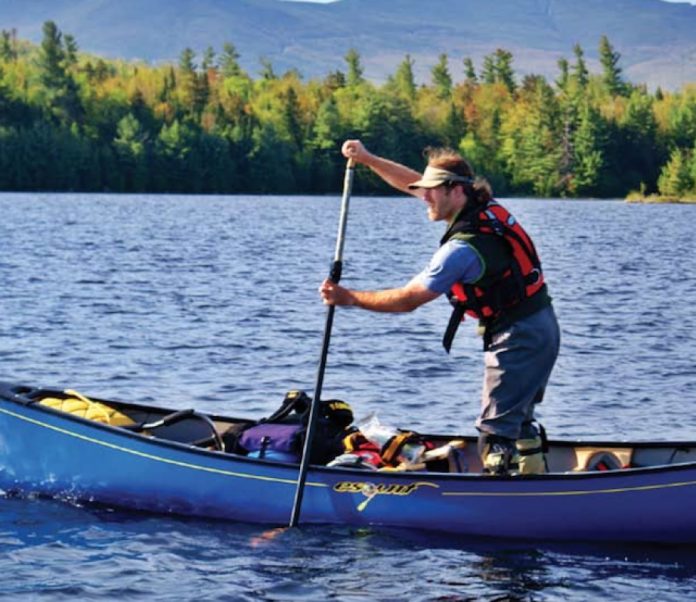
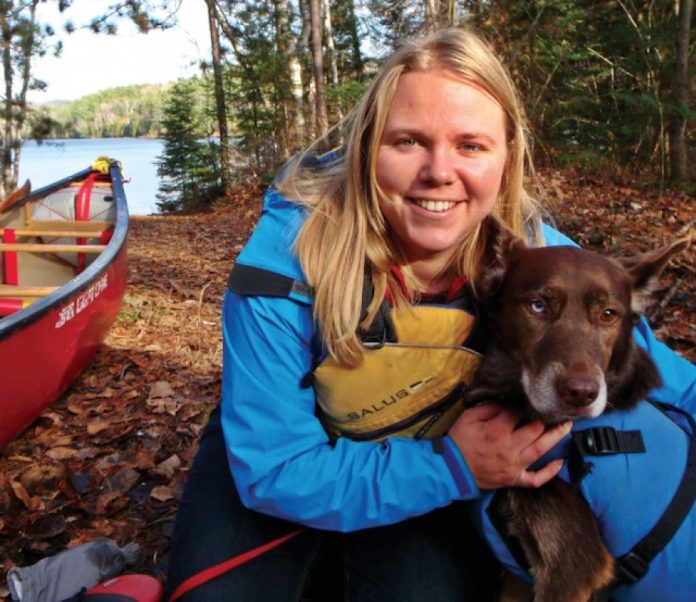
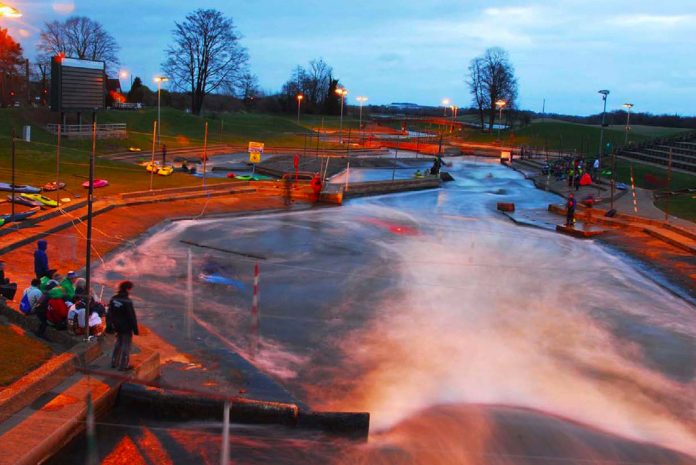
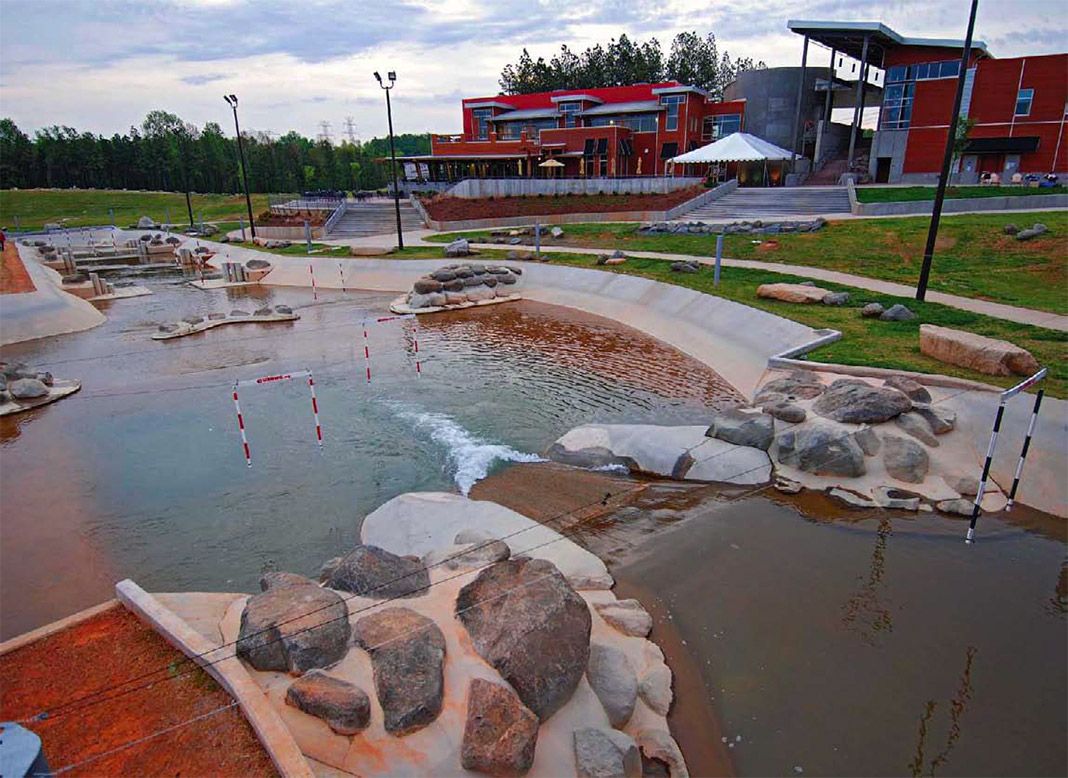

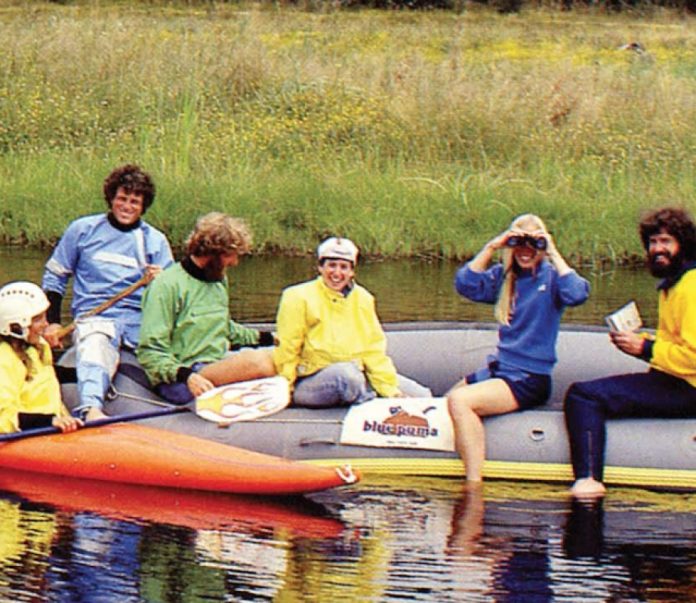
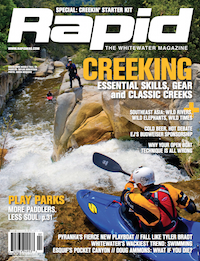 This article first appeared in the Early Summer 2010 issue of Rapid Magazine. For more great content, subscribe to Rapid’s print and digital editions
This article first appeared in the Early Summer 2010 issue of Rapid Magazine. For more great content, subscribe to Rapid’s print and digital editions 